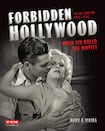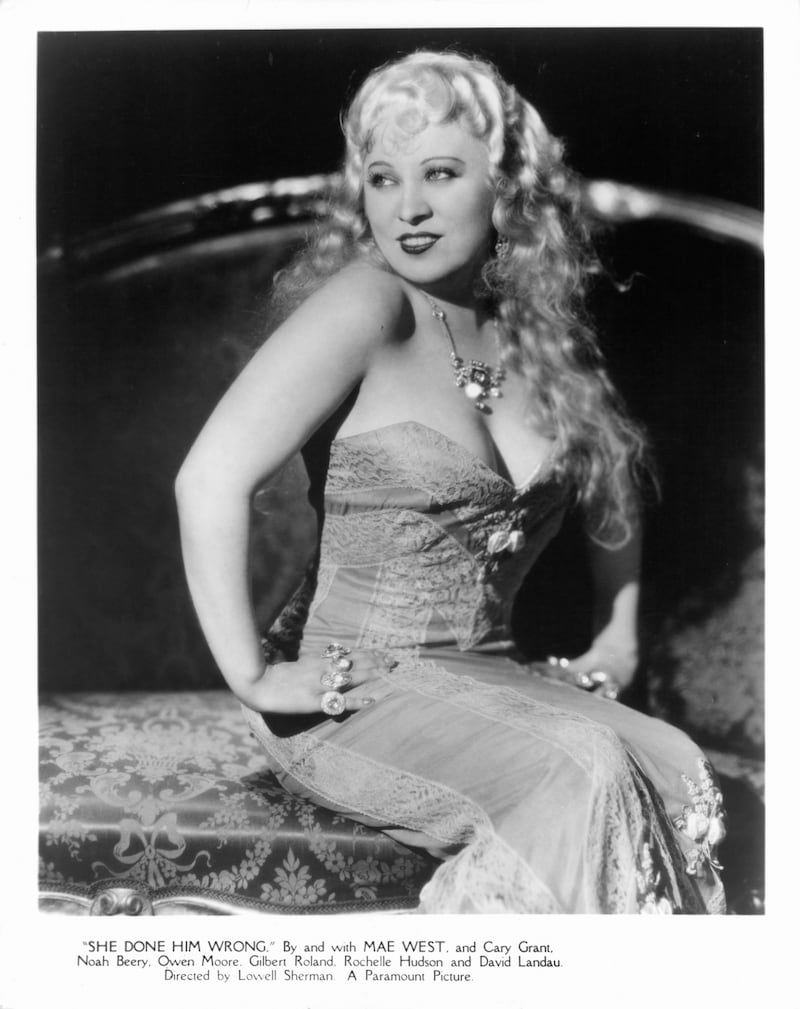
Anybody who has, over the past few decades, taken even a vague interest in cinema history will have come across the term “pre-code”. Relating to the four years between the widespread adoption of sound in 1929 and the strict enforcement of censorship guidelines, the hyphenate is now as rooted in the cinematic lexicon as “film noir” or “rom com”. It is used to describe not just films, but actors, directors and writers. Good luck getting through your first term of cinema studies without it.
One lesser achievement of Mark A Vieira’s beautifully produced book on the era is to confirm older readers’ suspicion that the ubiquity of “pre-code” is relatively recent. The author suggests that it was used first by programmer Bruce Goldstein in the late 1980s. The book is, thus, about a millennial reconsideration of an inter-war period.

Forbidden Hollywood will have revelations for those who buy the caricature of the era as an unrestricted orgy of decadence. He deals with the sex comedies of Mae West. He has fun with the “kept woman” cycle that included films such as The Easiest Way (1931). He revels in the delicious excess of Marlene Dietrich’s work with Josef von Sternberg. But Vieira’s book is, as much as anything else, a history of “pre-code” censorship.
Throughout that era studios battled constantly with the moral arbitrators of individual states. Consider the case of Edmund Golding’s immortal Grand Hotel (1932). The heavily populated melodrama (still the only film to win best picture at the Oscars with no other nominations) was left largely uncut by the Virginia authorities, but it was hacked to ribbons in Pennsylvania. “I saw Grand Hotel in Wilmington and hardly recognised it as the same picture,” a punter says in Forbidden Hollywood. “There was so much more than I’d seen in Philadelphia.” All this in an era too often characterised as free from censorship.
The violence in Howard Hawk's Scarface: The Shame of a Nation (1932) is remarkably brutal, but it is the suggestions of incest that really take away the breath
Vieira tells the more complex truth with admirable lucidity. The Motion Picture Production Code – stuffed with “don’ts” and “be carefuls” as regards profanity, sex perversion, white slavery and the rest – was introduced as early as 1930, but was enforced only erratically until the arrival, in 1934, of Joseph Breen to the Motion Picture Producers and Distributors of America.
In the interim, despite the efforts of those more prohibitive state bodies, Hollywood fought its way out of the Depression by offering cinema goers a juicier class of sex, a bloodier school of violence and a racier line in dialogue. West’s antics in She Done Him Wrong (1933) still seem delightfully outré. The violence in Howard Hawk’s Scarface: The Shame of a Nation (1932) – the subtitle was added as a sop to moralists – is remarkably brutal, but it is the suggestions of incest that really take away the breath. Tod Browning’s Freaks (1932), a tale of revenge set among disabled sideshow performers, has managed the admirable feat of remaining controversial for more than eight decades.
If Vieira’s record is to be believed, the public did what they have always done and queued up to be appalled by the latest outrage. “What are the moral standards of writers and producers when they produce a picture of this tipe [SIC],” one attendee wrote of Possessed (1931). “The story is awful disgusting.” The syntax, spelling and substance suggest an appalled tweet of the current era.
There is a still on every second page and almost every one takes the breath away with its silvery indulgence
It was the Irish Catholics that eventually brought it all to the end. Vieira is more forgiving of Joseph Breen, a former journalist and active Roman Catholic layperson, than many historians of the era. He explicitly denies that he was an anti-Semite (though he does describe him as “truculent” and lacking in tact). It was Breen’s appointment that forced the studios to stop their obfuscation and obey the Production Code. Vieira argues convincingly that the subject of his book would be described better as the “pre-Breen” era. What an influence he had. The succeeding epoch – the period of the enforced code – lasted until the social revolutions of 1968. It began with Top Hat and ended with Rosemary’s Baby.
Forbidden Hollywood tells its story in workmanlike prose with a few too many quotes from the appalled (and sometimes delighted) burghers of Tuna Fish, Iowa. The research is impeccable. The analysis is rarely more than adequate. Produced in co-operation with Turner Classic Movies, the book is, however, a gorgeous artefact that will grace any coffee table. There is a still on every second page and almost every one takes the breath away with its silvery indulgence.
A remarkable story unfolds between the snaps. “No one stopped to consider the significance of what had just occurred,” Vieira writes at the close. “A Catholic minority had wrested control of a Protestant market from a Jewish controlled industry.”
You’ll never beat the Irish.











